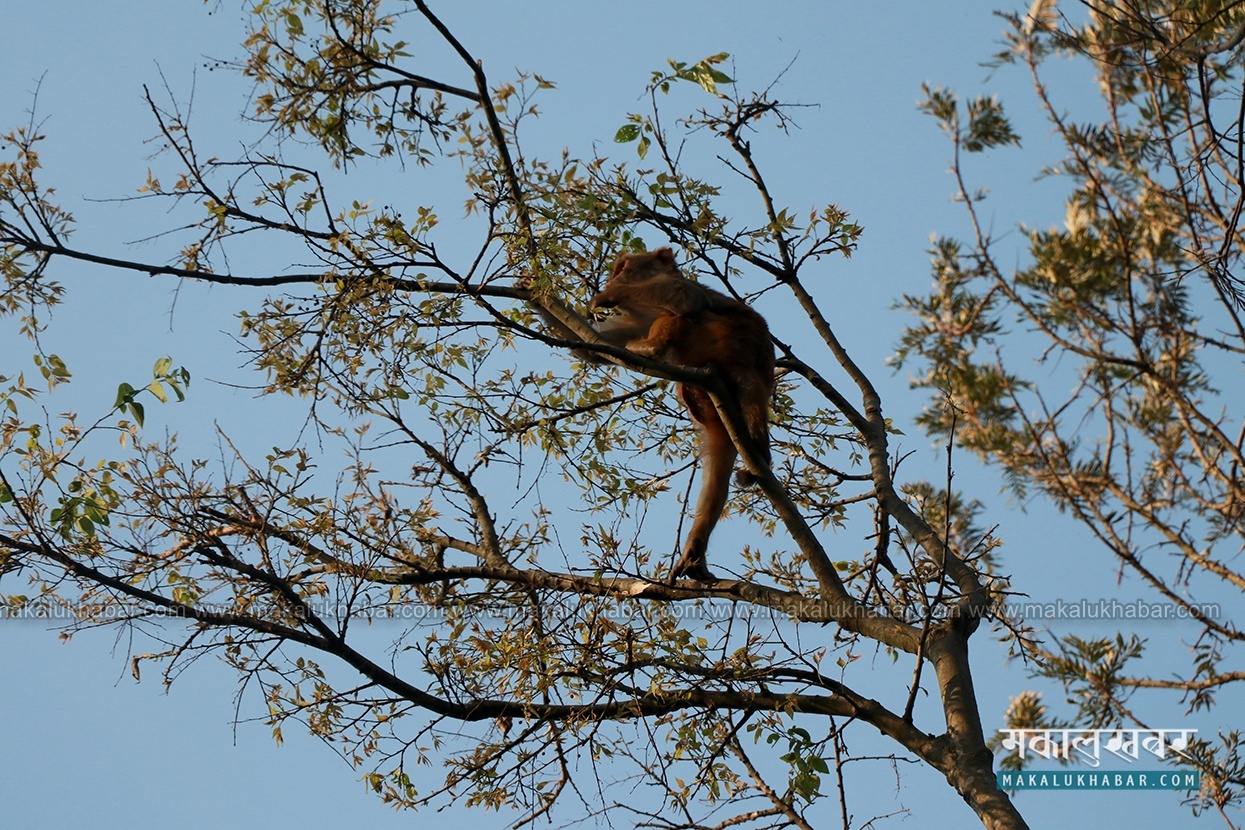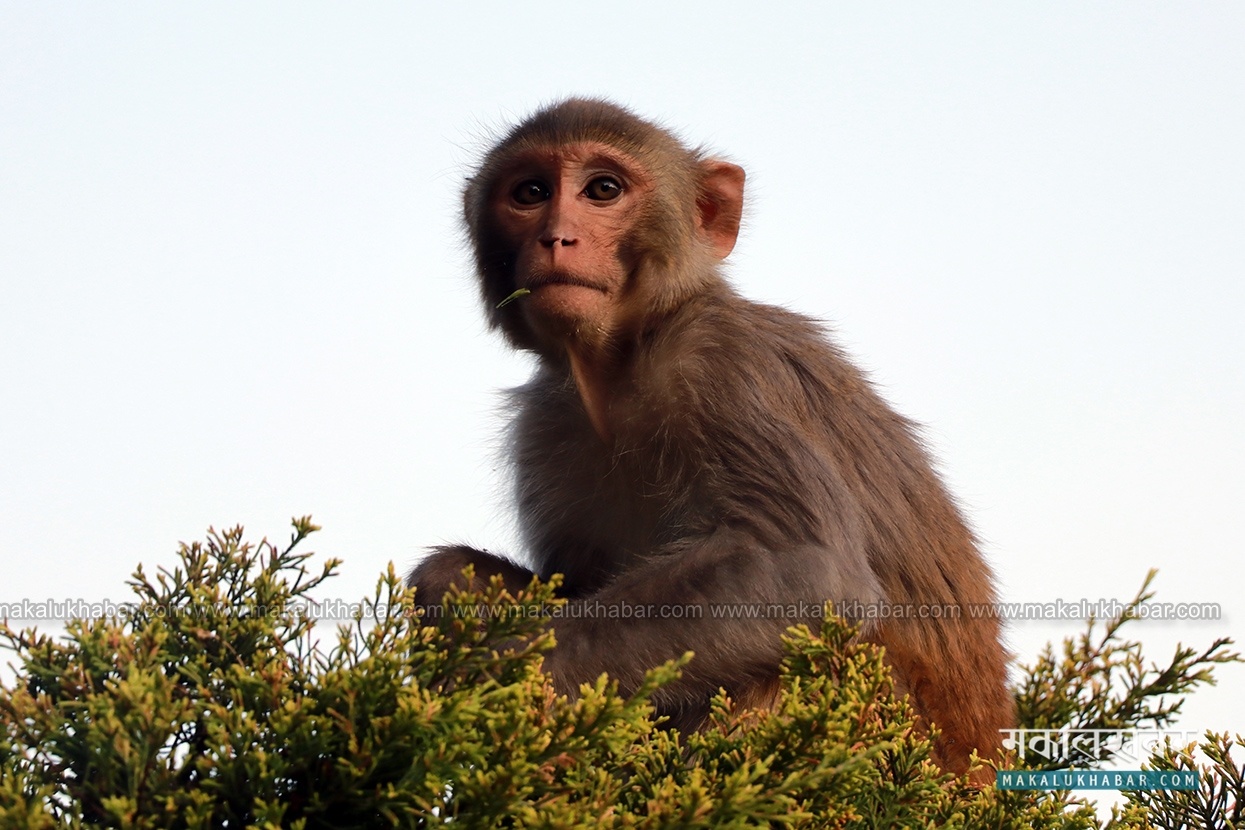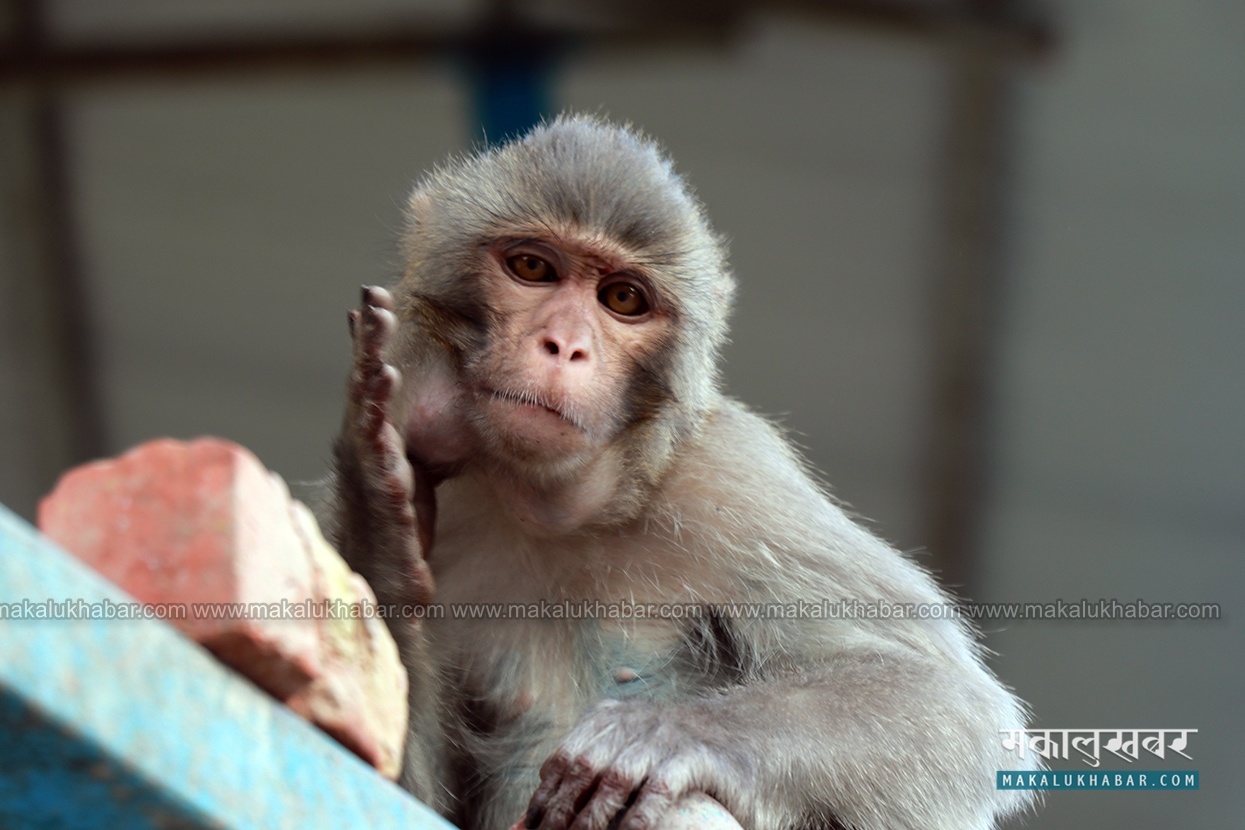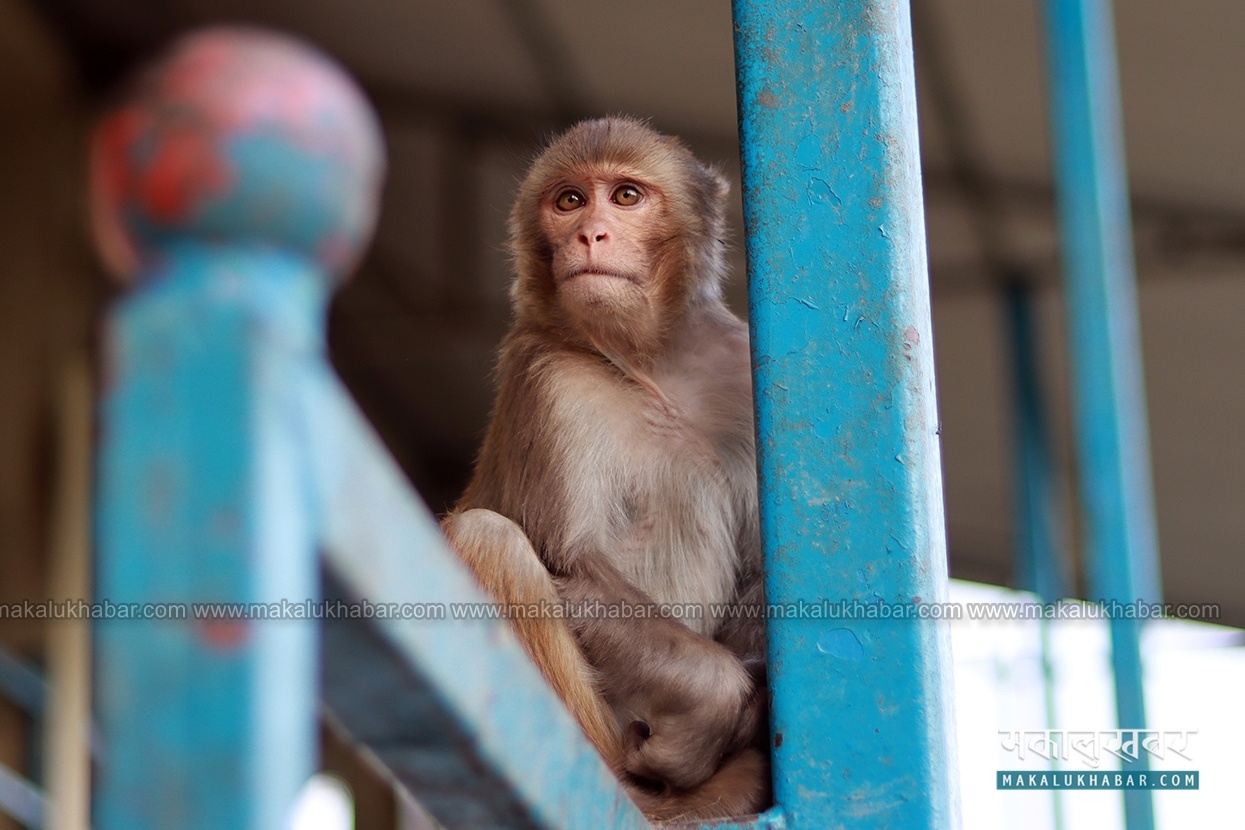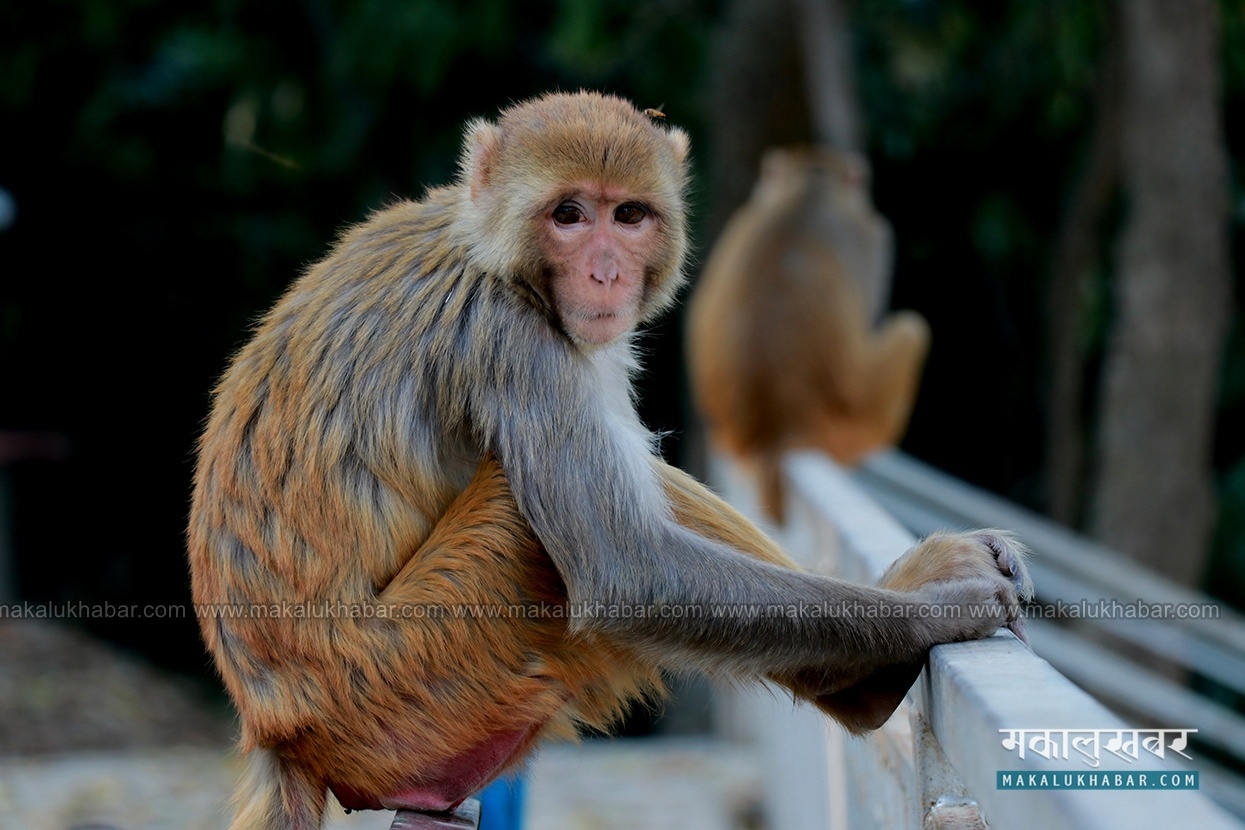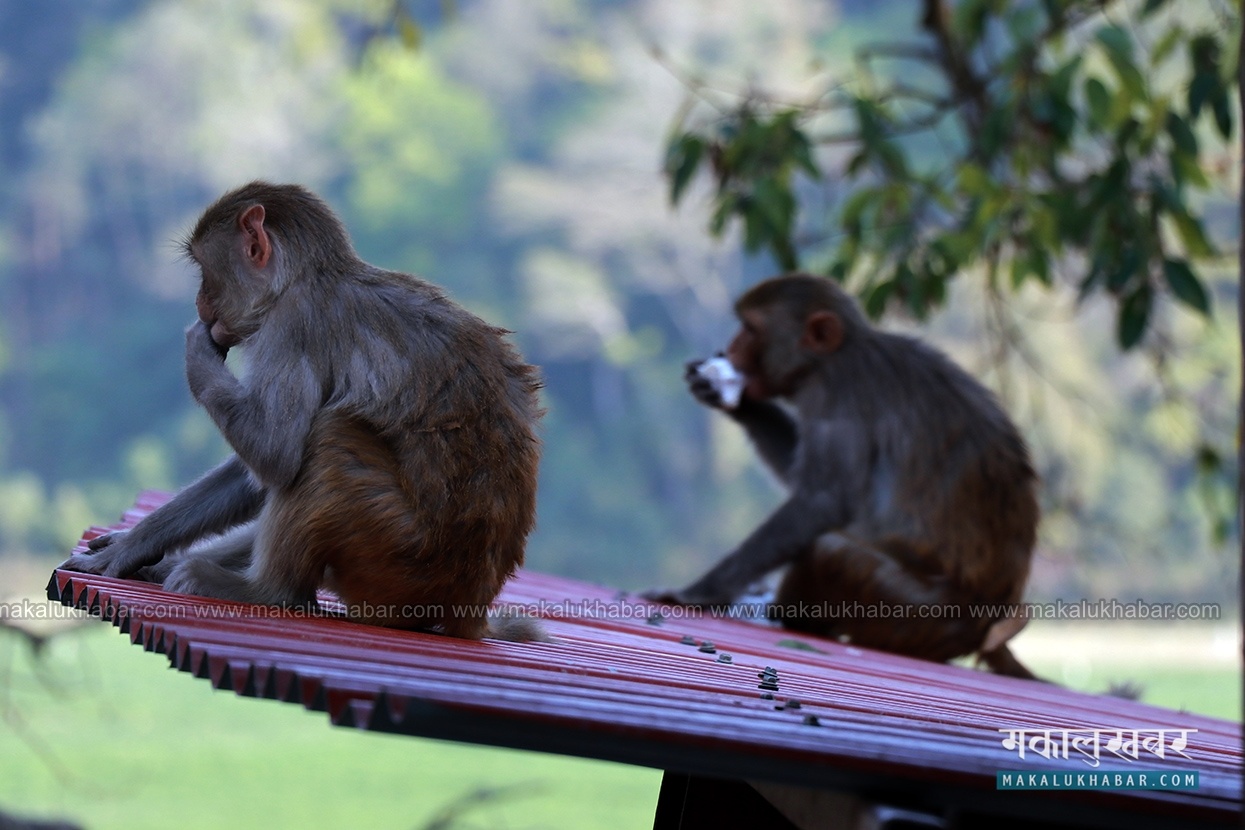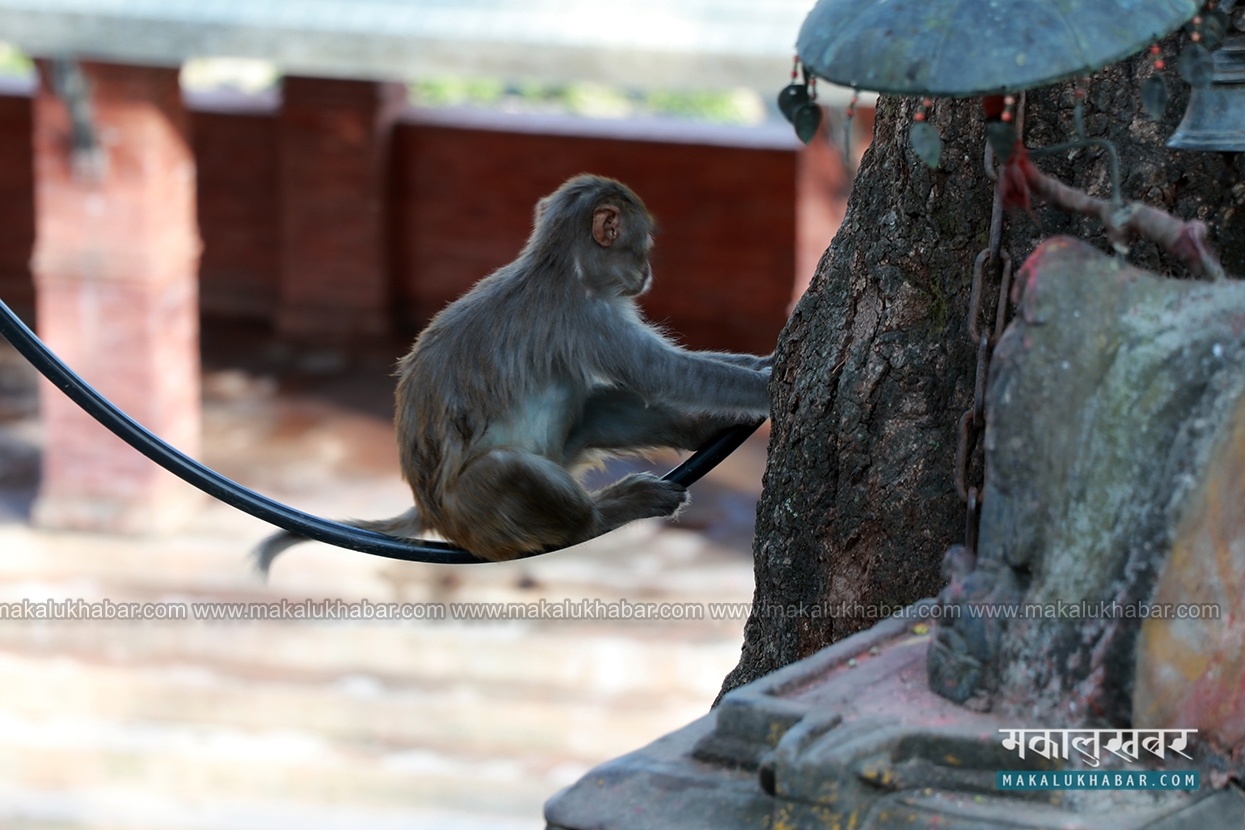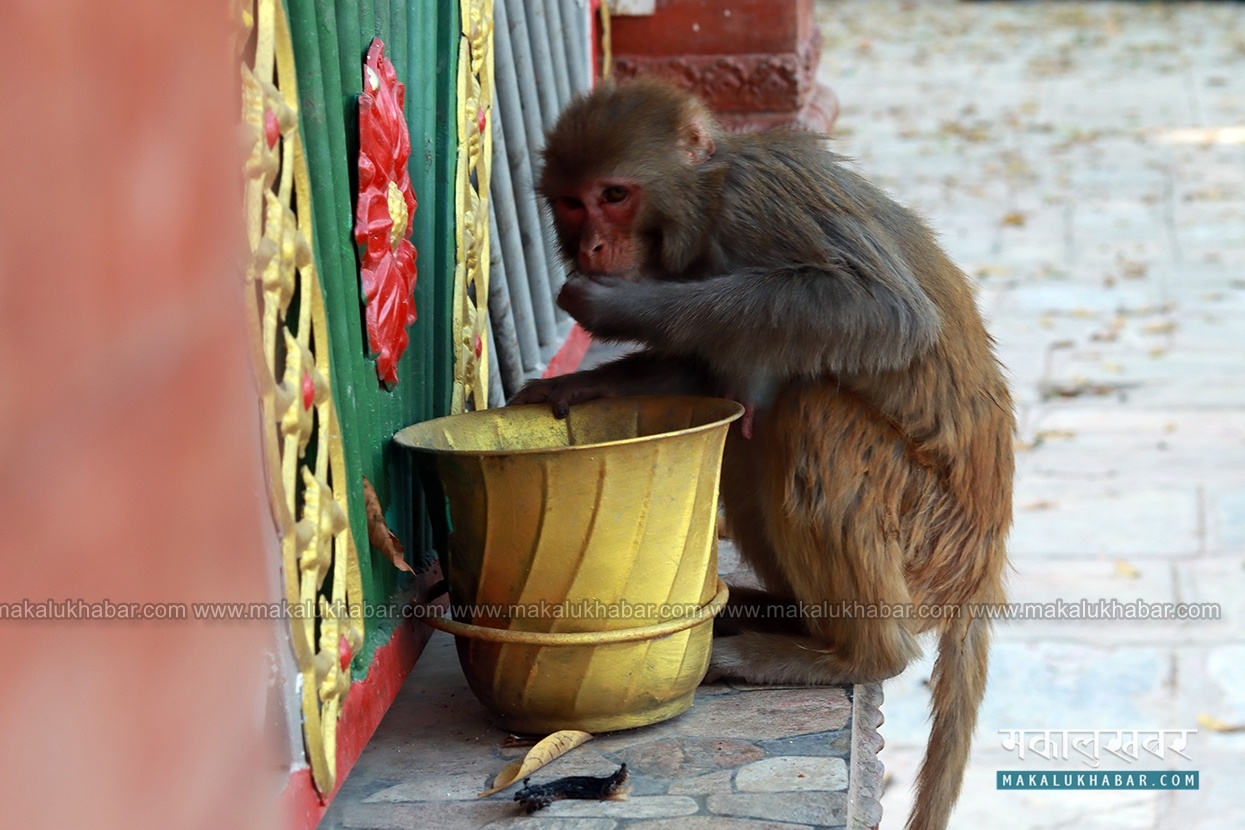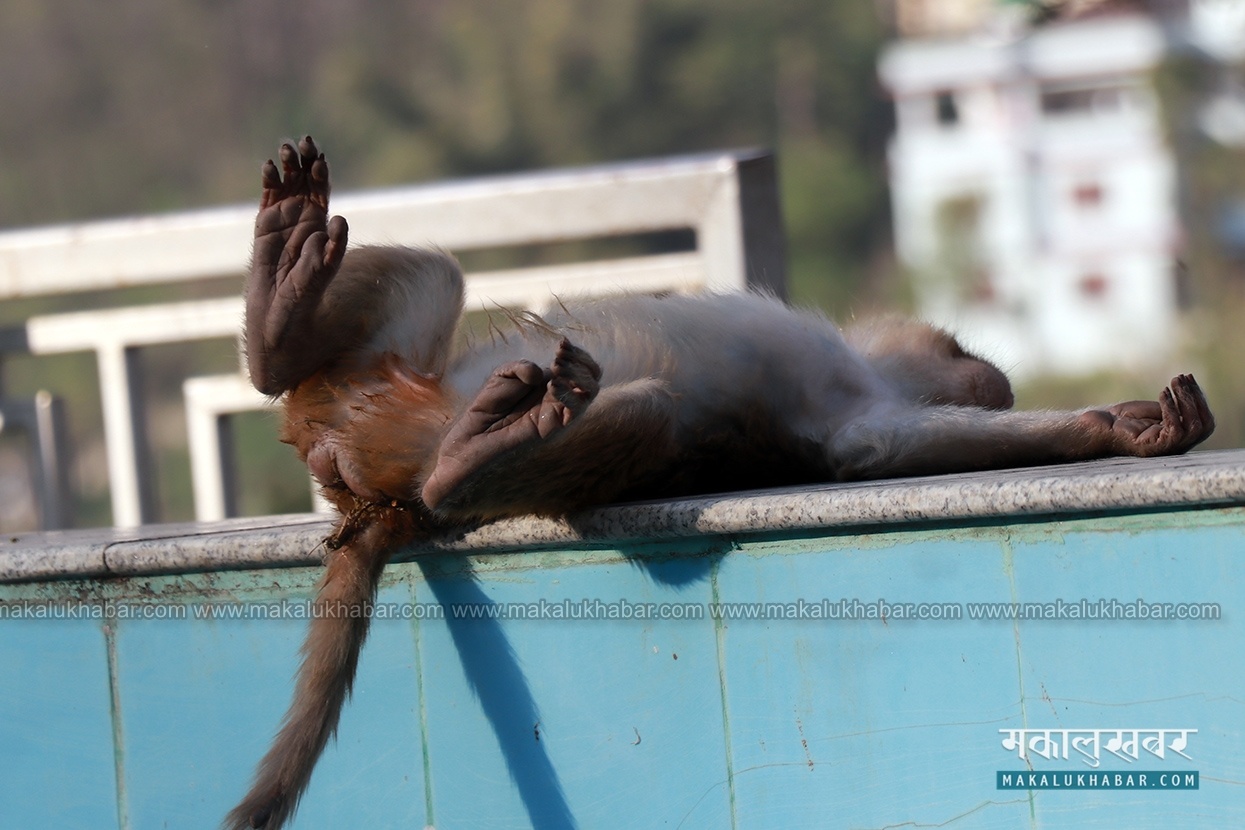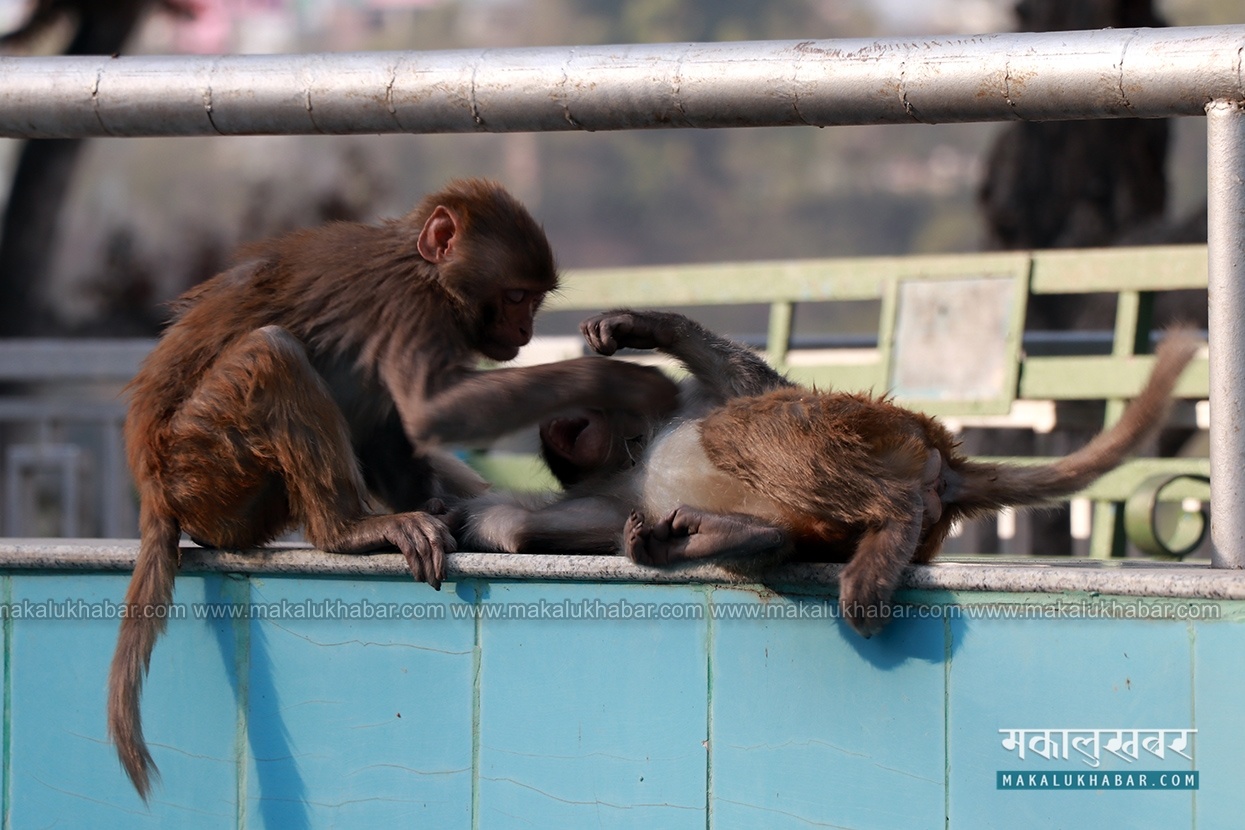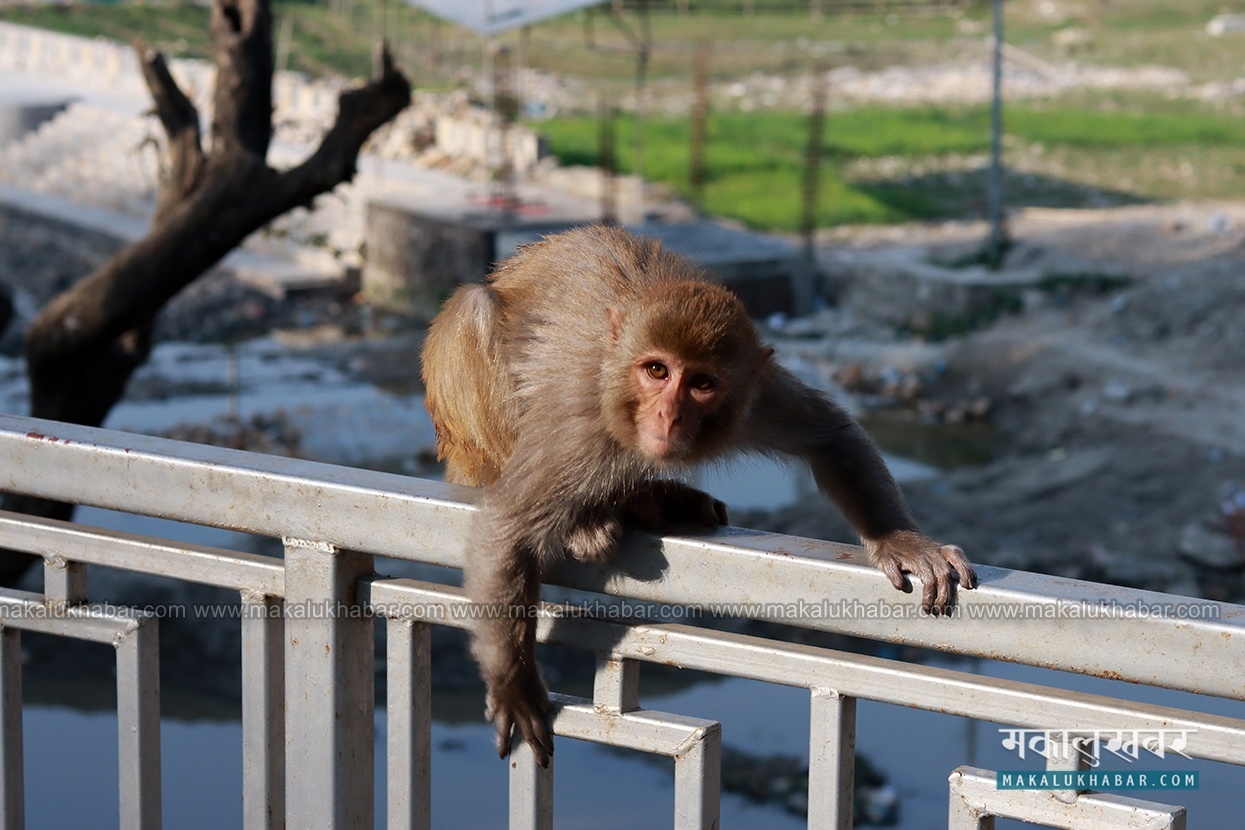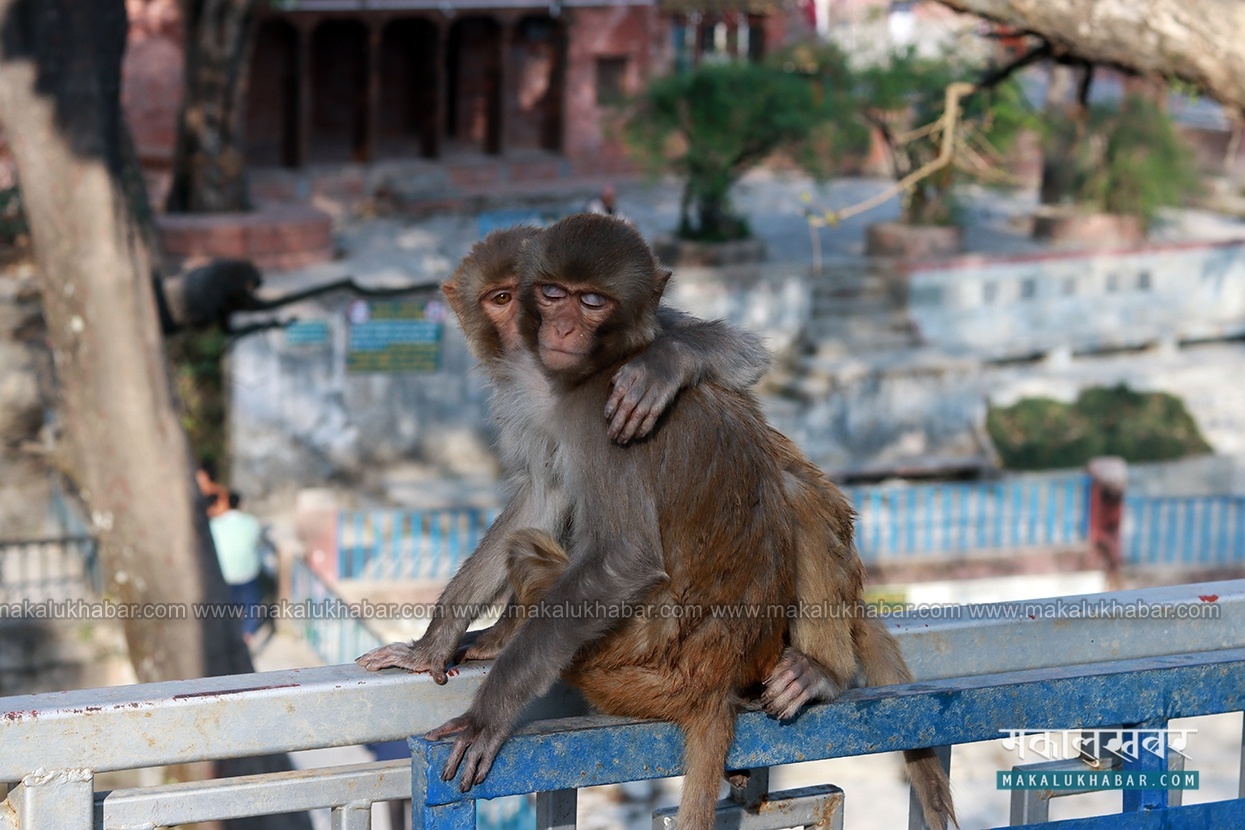Photo feature of monkey
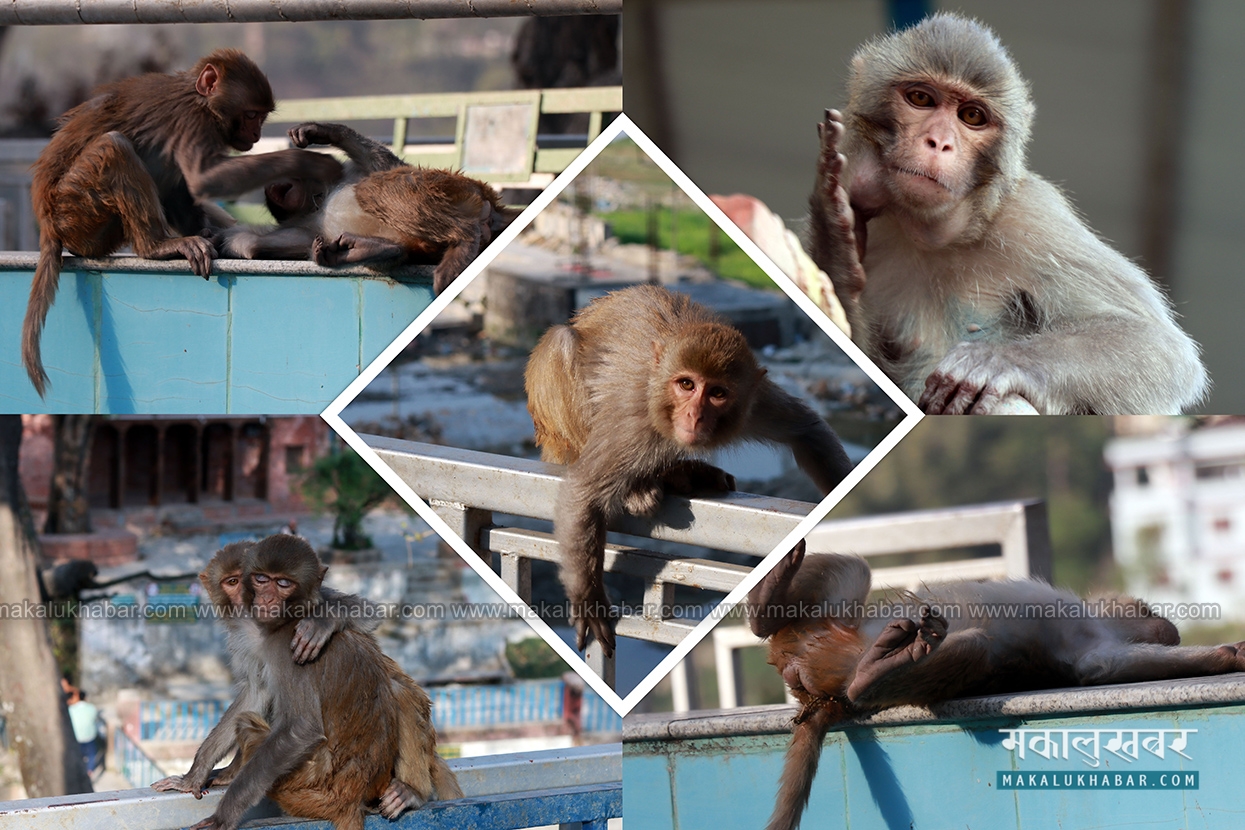
KATHMANDU: MARCH. 20 – Monkeys are generally considered to be intelligent and are highly social animals.
Of all the living creatures in the world, monkeys are only the species with the most developed in brain after man. It has 98 percent human capacity. Due to the monkey’s brain capacity, monkeys explore, observe, and use everything only when they are certain.
According to monkey expert Mukesh Kumar Chalise, when we look at monkeys, we think it’s jumping around, looking for something, but that’s not the case. Monkeys do not jump on the branches of trees like this. In fact, the monkey is investigating whether the branches will be broken or not.
The monkeys grab the branch and jump up and down just to make sure it doesn’t break. Other animals learn less from what humans do. They learn only after many days, but the monkey knows by sight and immediately starts imitating that.
According to Dr. Chalise, Nepal has six species of monkeys. There are three major species. Red monkeys, also known as Rhesus monkeys in English, can be found in city markets, Kathmandu, and religious sites. A little big monkey, a little black, but it looks like a red monkey, called a Paher monkey, can be found on the other side of the hill.
The watch monkey has two subspecies. East and west. Next, there is the long-tailed‚ white coloured monkey, that is the langur monkey. It has three subspecies in Terai, Mid-Hills and Mountain. Thus, six sub-species and three main species are found in Nepal. They are the largest group of 234 species of monkeys in the world. Red monkeys are the most commonly used monkeys in pharmacology.
PHOTOS:-
